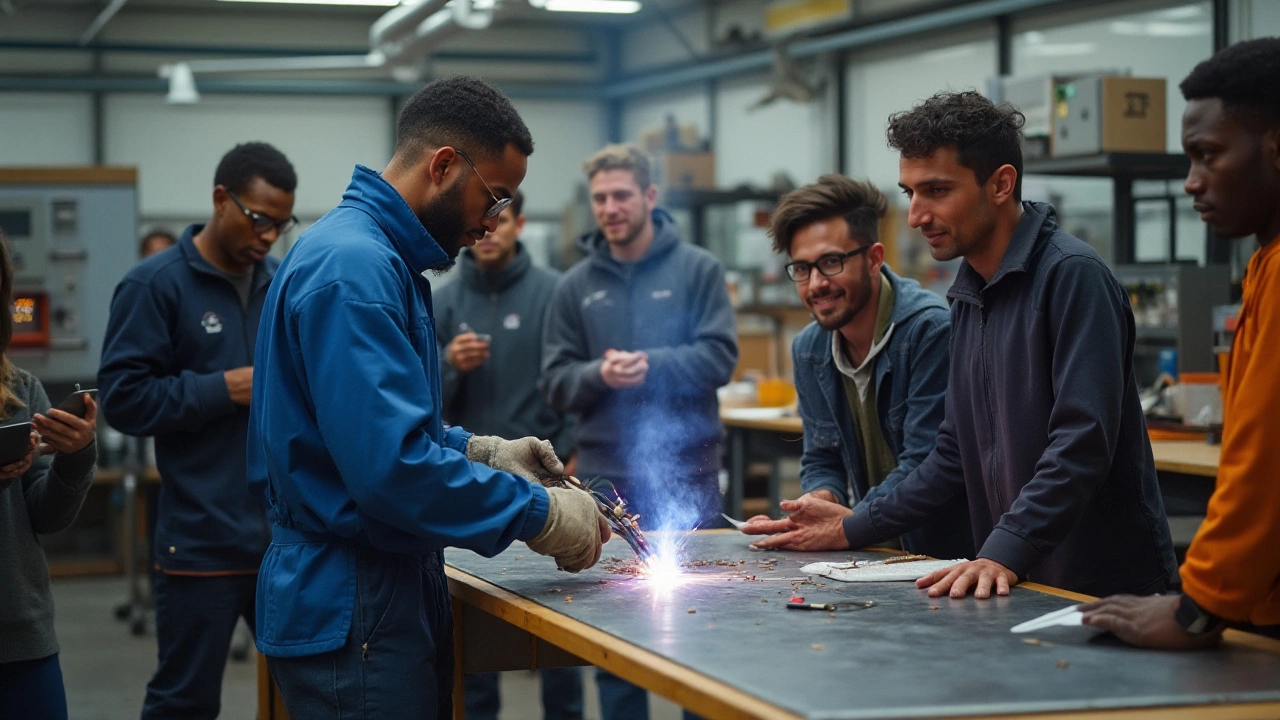Welding Best Course – How to Choose the Right Training for You
If you’re thinking about welding, the first question is simple: which course will actually teach you to weld well and get you a job? You don’t need a PhD in engineering to answer that, just a clear look at what matters most.
What to Look for in a Welding Course
Here are the five things that separate a good welding course from a waste of time:
- Industry‑recognized certification. Look for courses that lead to a City & Guilds or NVQ welding qualification. Employers recognise these badges instantly.
- Hands‑on practice. Welding is a skill you feel with your hands, not just read about. A decent program will give you at least 40‑60 hours of real welding on a shop floor.
- Course length. Most beginners finish in 8‑12 weeks if they study full‑time. Part‑time options stretch to 4‑6 months but still cover the same material.
- Equipment and safety. The school should have MIG, TIG, and stick machines, plus proper PPE. If they only have old gear, you’ll learn outdated techniques.
- Job support. Look for a placement service, apprenticeship links, or a career‑coach. The best courses help you land a role after you graduate.
Ask the training provider these quick questions: What certification do you offer? How many hours of welding will I actually do? Do you have a job‑placement record?
Top Welding Courses in the UK
Below are three programmes that consistently rank high for beginners and for those looking to level up:
- GoSkill Welding Fundamentals (NVQ Level 2). A 10‑week full‑time course with 50+ hours of shop time, covering MIG, TIG, and stick welding. Graduates report an average starting salary of £22,000.
- City & Guilds Welding Technology (Level 3). Ideal if you already know the basics and want to specialize. It includes a module on pipe welding and prepares you for the C&G welding exam.
- Apprenticeship with British Steel. You earn while you learn. Training lasts 18 months, split between classroom theory and on‑site work. Completion earns a nationally recognised NVQ and a full‑time job offer in many cases.
Choosing between them depends on your schedule and budget. The GoSkill course is the quickest way to get certified, while the apprenticeship gives you real‑world experience and a paycheck.
Finally, remember that the “best” course is the one that fits your life and pushes you to practice every day. Sign up, show up, and weld as often as you can – the more you practice, the faster you’ll become job‑ready.
Ready to start? Check out the course details on each provider’s site, compare costs, and book a visit to see the workshop yourself. The right welding best course is just a few clicks away, and your new career could begin this month.




